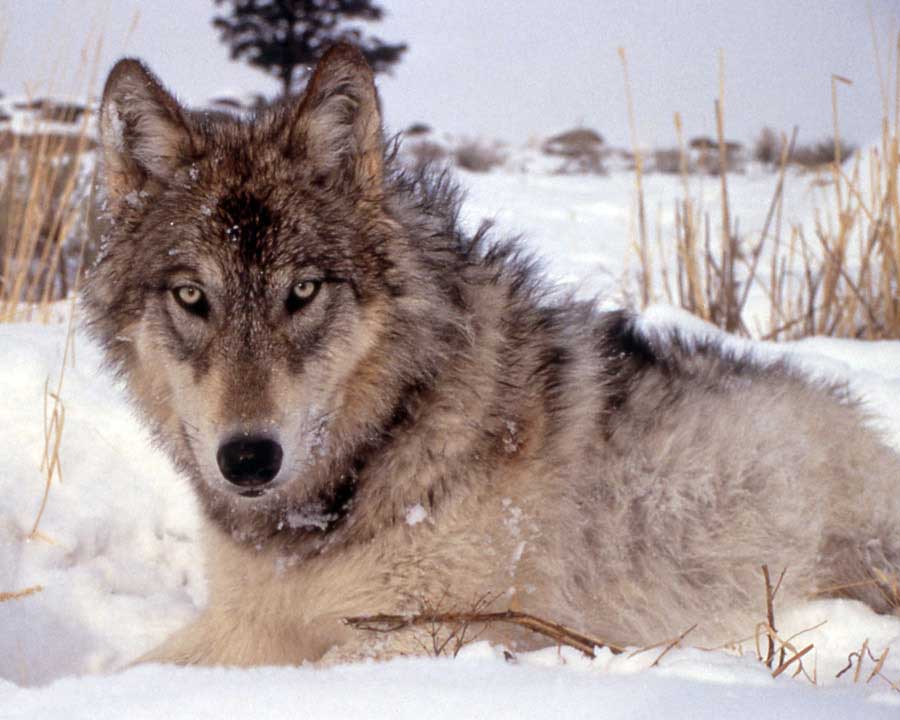
From Staff Reports
The Yellowstone Park Foundation has released a short video showing how biologists capture, assess and collar Yellowstone wolves as part of ongoing research Yellowstone National Park.
The Yellowstone Wolf Project team collard a total of 19 Yellowstone wolves from nine of the 10 packs in the park this year, according to the foundation. The electronic collars — some of which are linked to satellite beacons to allow for precise geolocation data — allow researchers to track the wolves and learn more about individual and pack movements, predation patterns and denning habits.
As important as the collars are for understanding more about Yellowstone’s wolves, analysis of blood samples taken during the collaring process has also become a major component of research.
Blood drawn from each wolf when it is collared “gives us information about about genetics and disease,” said project leader Doug Smith in his explanation of the team’s work in the video produced by the foundation.
“That’s actually developed to be pretty important,” Smith said. “Actually as important as the collaring is getting this genetic and disease information on the wolves. And we’ve actually learned quite a bit about them doing that.”
Smith said researchers are gathering genetic information to develop a “full pedigree” on those Yellowstone wolves assessed during collaring. Other measurements include weight, paw size and tooth wear.
The ongoing research on Yellowstone wolves has yielded what Smith says is probably “the largest data set on wolves in the world.”
For longtime wolf-watchers in the park, the most recent development in the ongoing interplay between packs has been the return to Yellowstone’s northern range of Mollie’s Pack.
The pack has spent more time this winter in the Lamar Valley than in the past 16 years, spending a total of 100 days so far this season in the prime habitat that offers ample prey herds and less snow than other sections of the park.
Longtime followers of Yellowstone wolves will be waiting to see whether the pack remains in the Lamar Valley for the long term or if it will head back to its typical Pelican Valley range when prey returns there during the summer.
Since wolves were reintroduced to Yellowstone in 1995, the Yellowstone Park Foundation — the park’s official fundraising partner — has contributed more than $4 million to fund research of Yellowstone wolves, making up about 60 percent the Yellowstone Wolf Project’s total annual budget. The video and other information about Yellowstone wolf research is available on the foundation’s website.
Contact Yellowstone Gate at 307-213-9818 or [email protected].

Although collars have a nobel purpose it would be nice to see a smaller one developed as many believe the bulky ones of today are a hinderance and keeps them from function at 100%. A few years ago I photographed the Agate alpha female and she was so emaciated I had to look twice to see if she was a coyote.